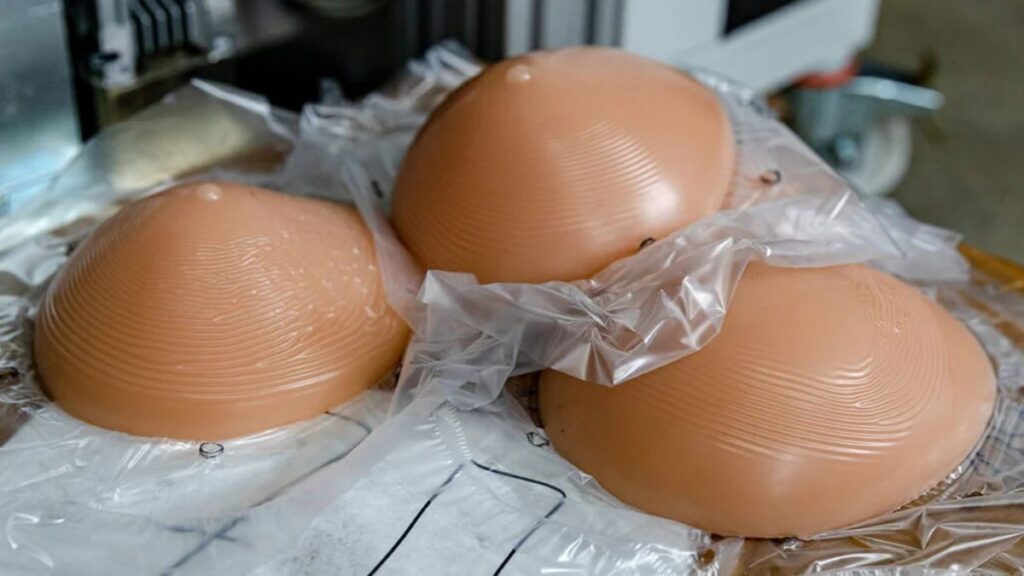Transitioning to Breast Forms After Surgery
After breast surgery, adapting to new changes can feel overwhelming. For many, choosing to wear breast forms is an empowering step in the recovery journey. Whether temporary or permanent, these forms help restore natural body contour and provide emotional reassurance. The early post-surgery period is often associated with tenderness, swelling, and the need for gentle care. In these cases, many individuals start with soft foam or fiber-filled forms, which are lightweight and less irritating. For those desiring a more natural appearance, exploring prosthetic nipples New York can significantly boost comfort and body confidence, blending subtle realism with supportive design.
Emotional adjustment is as important as physical healing. Wearing breast forms allows people to regain a sense of normalcy, particularly when venturing outside or returning to daily activities. Taking small steps, such as wearing the form for short periods and gradually extending use, helps make the process manageable. Support groups and professional guidance provide additional assurance, helping people find their pace and comfort zone.
Understanding Breast Form Types and Features
There are many styles of breast forms, each serving unique situations. The most common options include full, partial, attachable, and swim-friendly forms. Full forms replace the entire breast and are usually selected after a mastectomy, while partial or shell forms fill out bikini lines or clothing after a lumpectomy or reconstruction procedures. Some breast forms are specifically designed for athletic activities or swimming, offering water resistance and a secure fit. Attachable versions come with medical-grade adhesive for those who want extra daily stability. The right style depends on lifestyle, comfort level, and intended use.
Choosing the Right Material and Style
Silicone remains the gold standard for most breast forms because it closely matches breast tissue’s natural look and movement. Silicone forms are versatile—they work well under most clothing and provide a realistic sensation. For post-surgical sensitivity, lightweight foam or fiber fill is a gentle alternative, perfect for healing skin and overnight wear. Some innovations include cooling gels or hypoallergenic covers to reduce irritation. A soft texture or ventilated shell is especially valuable during recovery, making it easier to wear the form throughout the day. As explained in the American Cancer Society’s breast forms guide, choosing a material that aligns with current needs can reduce discomfort and speed up the adjustment process.
Fitting and Wearing Breast Forms Comfortably
Getting a proper fit is crucial for both appearance and physical comfort. Sizing is usually based on band width, cup depth, and the remaining natural breast, if applicable. Some specialty stores offer expert fitting services, but many reliable online guides and charts can help with home measurement. Well-fitted breast forms balance the silhouette, prevent shifting, and ease tension on healing tissues. In many cases, pocketed bras or camisoles designed for breast forms offer secure placement and gentle support. The advice from Breastcancer.org’s reconstruction choices resource highlights the importance of comfort, especially during the first months after surgery.
Care and Maintenance Basics
A simple care routine protects both the skin and the longevity of breast forms. Clean them daily with mild soap and warm water, then air dry on a soft towel. Store forms away from direct sunlight or heat, ideally in their original box or a cushioned container. Regular inspection for cracks or damage ensures ongoing comfort and safety, as even minor tears can cause leaks in silicone models. Following these care practices helps forms maintain shape and feel, making them last longer and remain hygienic.
Support, Resources, and Tips for Adjustment
Just as important as practical understanding is emotional support. Many like participating in online forums or chat groups where anxieties may be allayed and experiences can be shared. Physical pain and fit-related inquiries can be promptly addressed with medical professionals or certified fitters at check-ins. No one has to walk the route alone thanks to the abundance of organizations and websites offering thorough instructions. Restoring confidence, resilience, and a profound feeling of personal well-being can result from adjusting to the appropriate breast shape and well-informed decisions.







